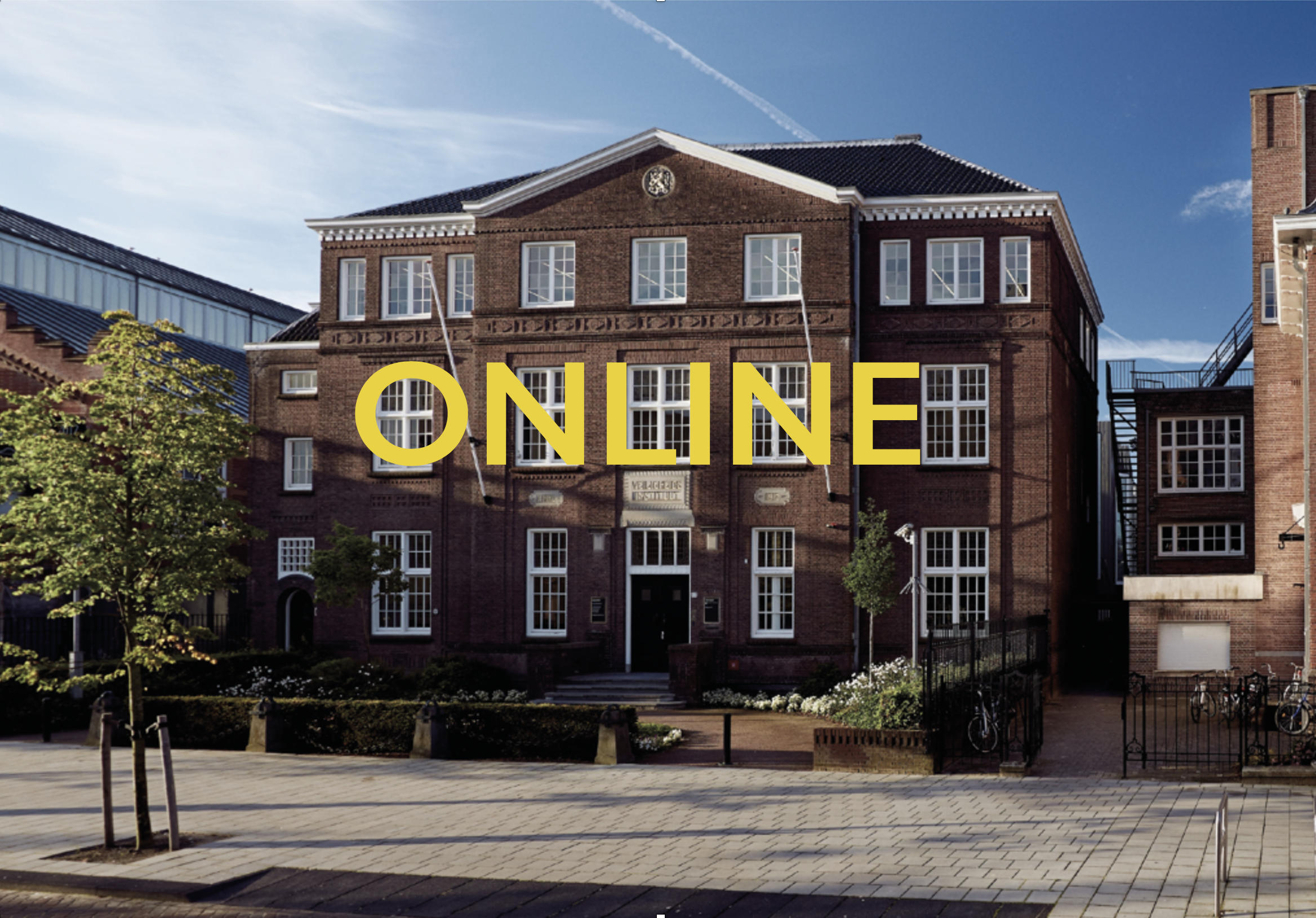

We are pleased to announce a new, online edition of the NICAS colloquium on Thursday 25 March 2021 from 12.00 to 13.00 hrs CET. The colloquium will take place online through Microsoft Teams.
Throughout the year, NICAS organises a bi-weekly Colloquium consisting of two short research lectures. It provides researchers with the opportunity to present ideas for, updates on or results of their activities. The NICAS Colloquium allows people to stay informed on a regular basis about the latest developments and results of research and to exchange information and expertise.
The chair of this colloquium will be Gjorgji Strezoski (UvA)
The presenters are:
► Amin Livani – Prediction of the effective hygro-elastic properties of oak from microscopic images
Abstract:
Panel paintings and decorated furniture are among the most significant timber art objects. Timber is generally a durable material. However, it is extremely sensitive to climate variations, which may cause its accelerated aging and degradation. A true mechanistic understanding of aging and degradation of panel paintings and decorated furniture needs the investigation of hygroelastic properties of wood at smaller levels of observation. This work aims at exploring the relationship between the hygro-elastic properties at the mesoscopic cellular level and the effective material responses at the macro-scale of oak, which is widely used in historical art objects. The multi-scale analysis is carried out based on the asymptotic homogenization method as a robust technique for the efficient characterization of heterogeneous materials with complex meso-structural geometries. The representative volume elements (RVEs) are generated based on microscopic images of oak cellular structure including fiber tracheids, axial parenchyma, radial rays, and large vessels from earlywood to latewood of various growth rings. This enables the characterization of growth rings from narrow to wide rings containing different volume fractions of vessels and latewood fibers. Image processing techniques are used to convert the microscopic images to binary images associated with the voids’ circumstance representing the internal boundary of wood cells. The predicted hygroelastic properties are presented as a function of the density of growth rings and the corresponding geometrical features.
Bio:
Amin Livani joined the Eindhoven University of Technology, Department of the Built Environment, the group of Applied Mechanics from February 2019. His research fields are micromechanical and multi-physics modeling of materials. During his PhD, he worked on the numerical simulation of wood using microscopic images to better understand the influence of wood morphology at the micro-scale on the effective macroscopic properties of wood. His investigation focuses on oak as a common wood type in art objects. His study also involves the exploration of the aging effects on the physical and chemical properties of wood.
► Fahed Ibrahim – Investigation into the Original Appearance of Hanemans’s skirt in Frans Hals’s Portrait of Aletta Hanemans
Abstract:
Hanemans’s skirt in Frans Hals’s Portrait of Aletta Hanemans (1625, Mauritshuis) seems to have lost its original colour and tonal contrasts. The significant degradation of pigments used – smalt, red lakes and lead white – resulted in a loss of the modelling of the pale robe. This study aimed to investigate the skirt’s original appearance. By examining and analysing the painting, reconstructions were made, using historically appropriate materials and techniques, so as to better understand the artist’s original technique and the changes that have occurred in the painting. The final result suggested that it is possible to recreate an impression of the artistic effects that Hals originally intended.
Bio:
After obtaining a bachelor’s degree in Fine Arts at the University of Damascus, Fahed Ibrahim studied restoration of Byzantine icons at the TEI of Athens and Museum Studies, Art and Chemistry at University College Utrecht. He graduated from the master’s program Technical Art History at the University of Amsterdam in 2020. Currently, he is working as a researcher at the Cultural Heritage Laboratory of the RCE.